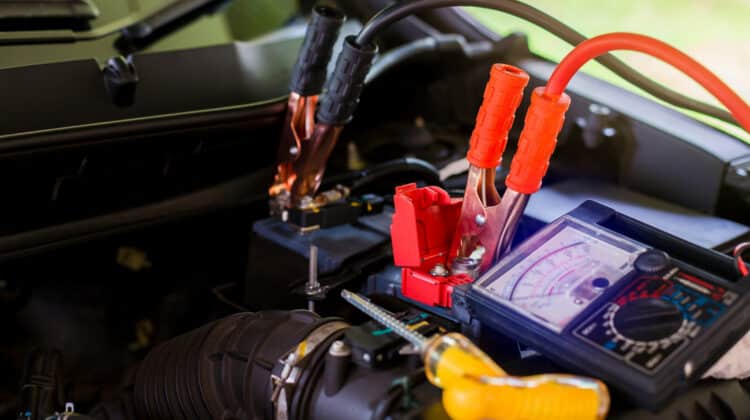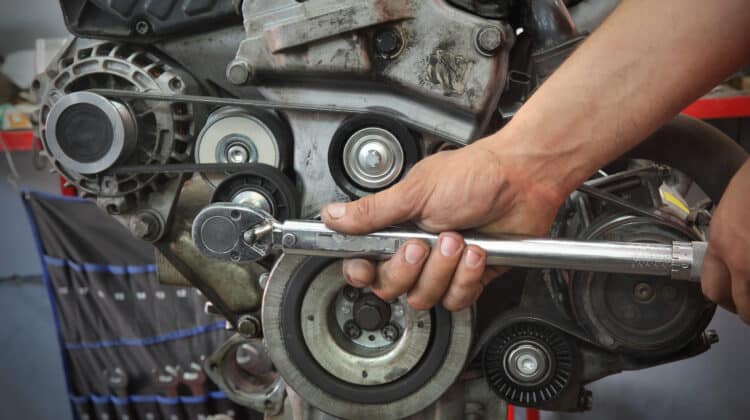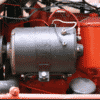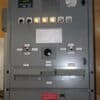
Only riding mowers have alternators.
Riding mowers are powered by engines, and all engines have alternators that help in moving the mower. Alternator is keeping the battery level constant. Riding mowers also come with an oil reservoir for lubrication as well as a gas tank. The charging system of the lawnmower (the alternator) works just like that of a vehicle. Once you ignite the engines, the alternator charges the battery.

The first type of charging system is that of the belt-driven alternator. It is attached to the engine and whenever the alternator turns, it generates power and supplies it to the battery.
The second type of charging system involves a stator. A stator is a metallic cylinder with one hole at the center, witch It is situated under the flywheel and surrounded by coil wires attached to prongs.
Without an alternator, a lawnmower cannot function. Sometimes, you will have to replace the alternator altogether if it is damaged.
Overheating is a common problem among riding lawn mowers. Rather than cut the grass continuously, segment the process into shorter sessions. Overheating causes inner parts to get damaged, including the alternator itself.
The simplest way of testing whether your alternator is working is to switch on the lawn mower’s headlights and then switch off the engine.
If you notice that the lights become dim as soon as you turn off the engine, then it means that the alternator is working.
If you don’t like this option, there are other testing alternatives you can try.
You can attach a multimeter to your engine. The type of alternator your engine is using determines the type of meter you are using.
Use the colors of the wire to find out whether the alternator is working. Look at the lawn mower’s manual and product specification to determine the output capacity of the mower.
Now take the multimeter’s red wire and connect it to the AMPS port. Once you have connected, turn the engine on and let it run for a while, and check the readings.
Another issue and one you need to check is the connecting cables. Sometimes you might find that the cables connecting the battery are loose. So you end up having a battery that loses power so fast. So instead of condemning the alternator, check your cables and ensure that they are tightly connected. Tighten the connections in addition to cleaning them. This will improve the battery’s ability to hold power.

Do I need to change the alternator?
If you notice that your alternator is having frequent problems, this could be the time to change it. Sometimes what appears to be a problem with the battery may actually be the alternator. If you have checked your charging system and noticed that there is a problem, you have to change the alternator.
Where is the alternator located? You need to know where the alternator is located before you can replace it. It is located below the engine flywheel.
Riding lawnmowers have alternators which must be well maintained to improve the longevity of the lawn mowers.


